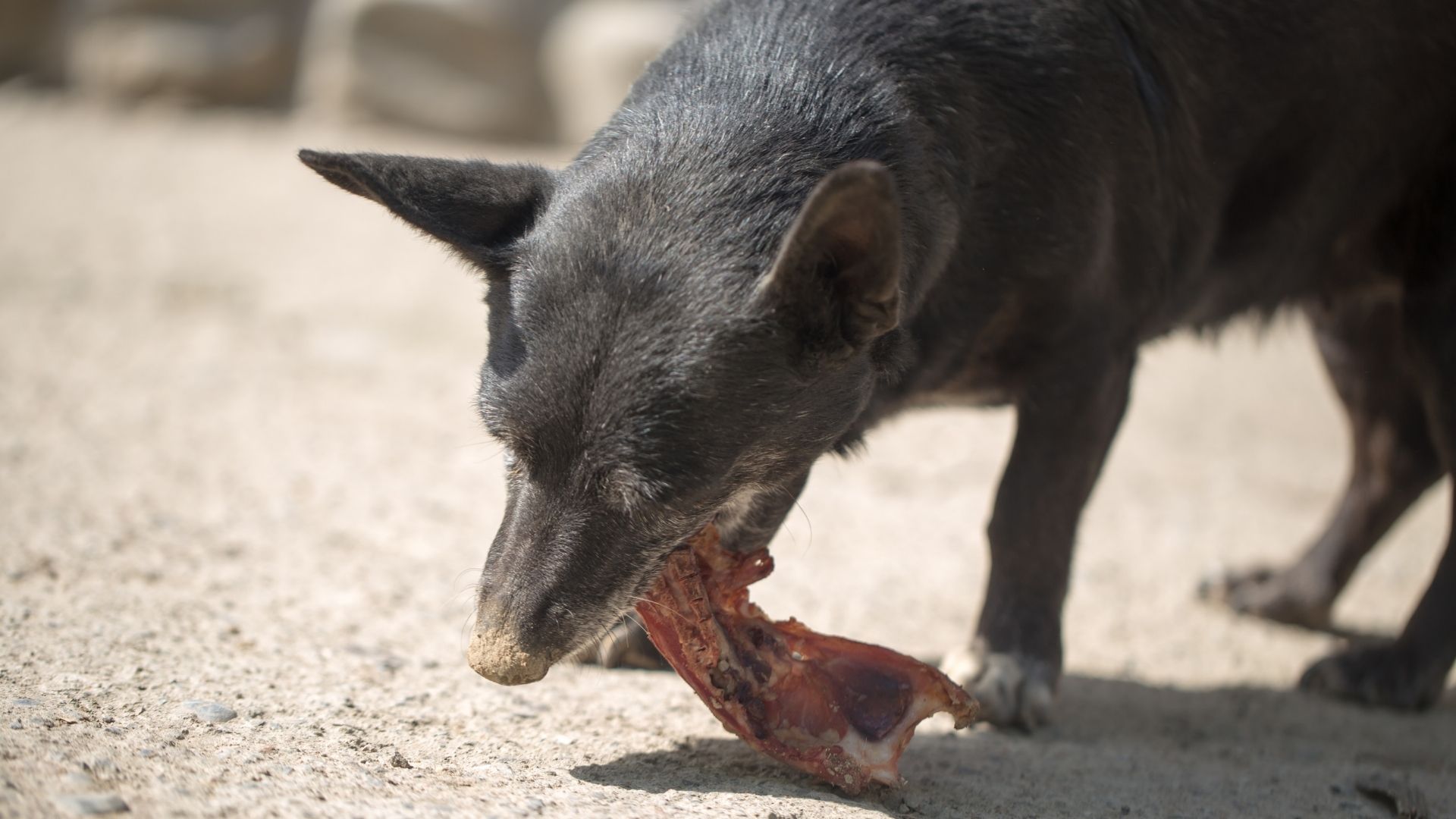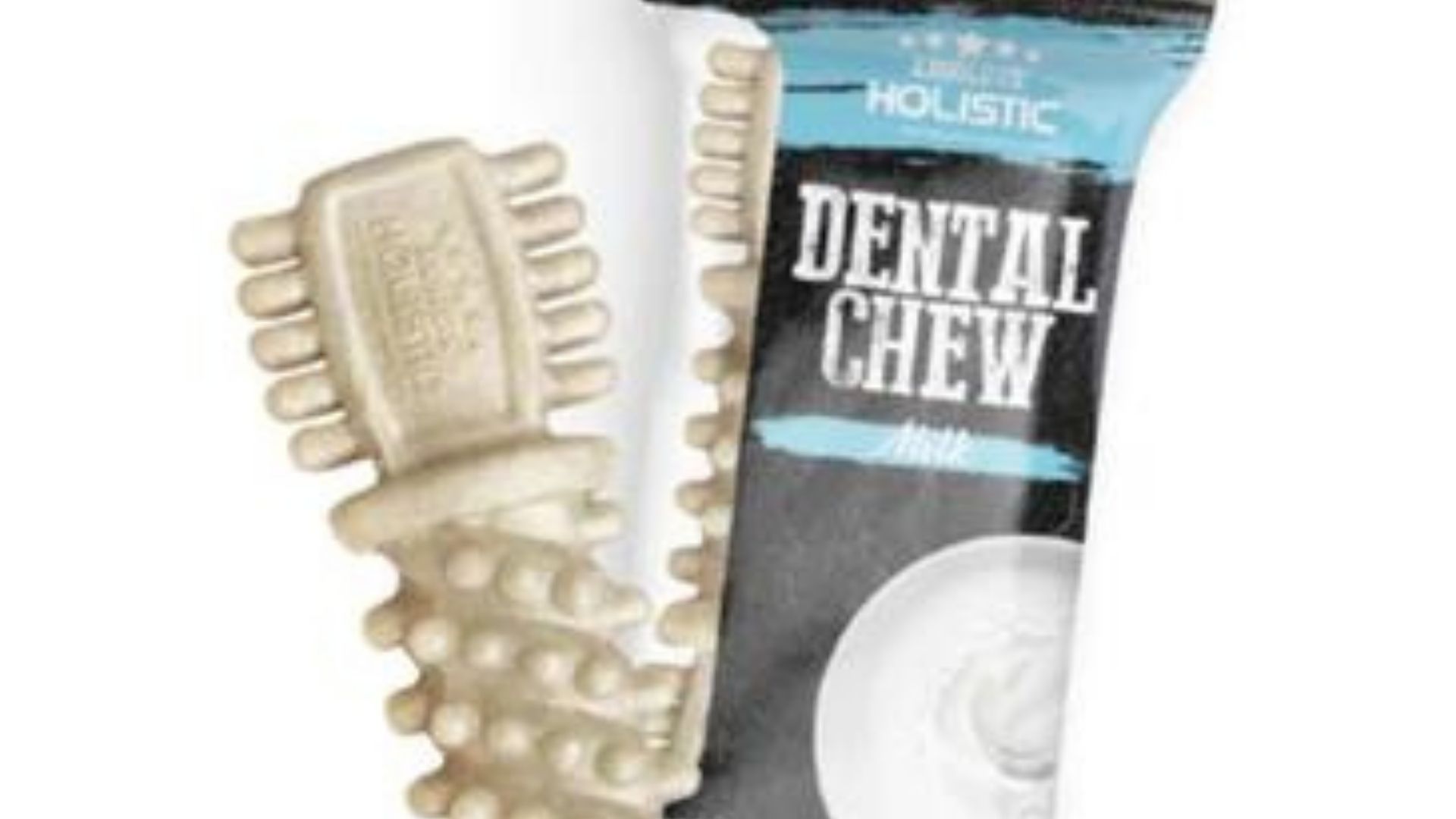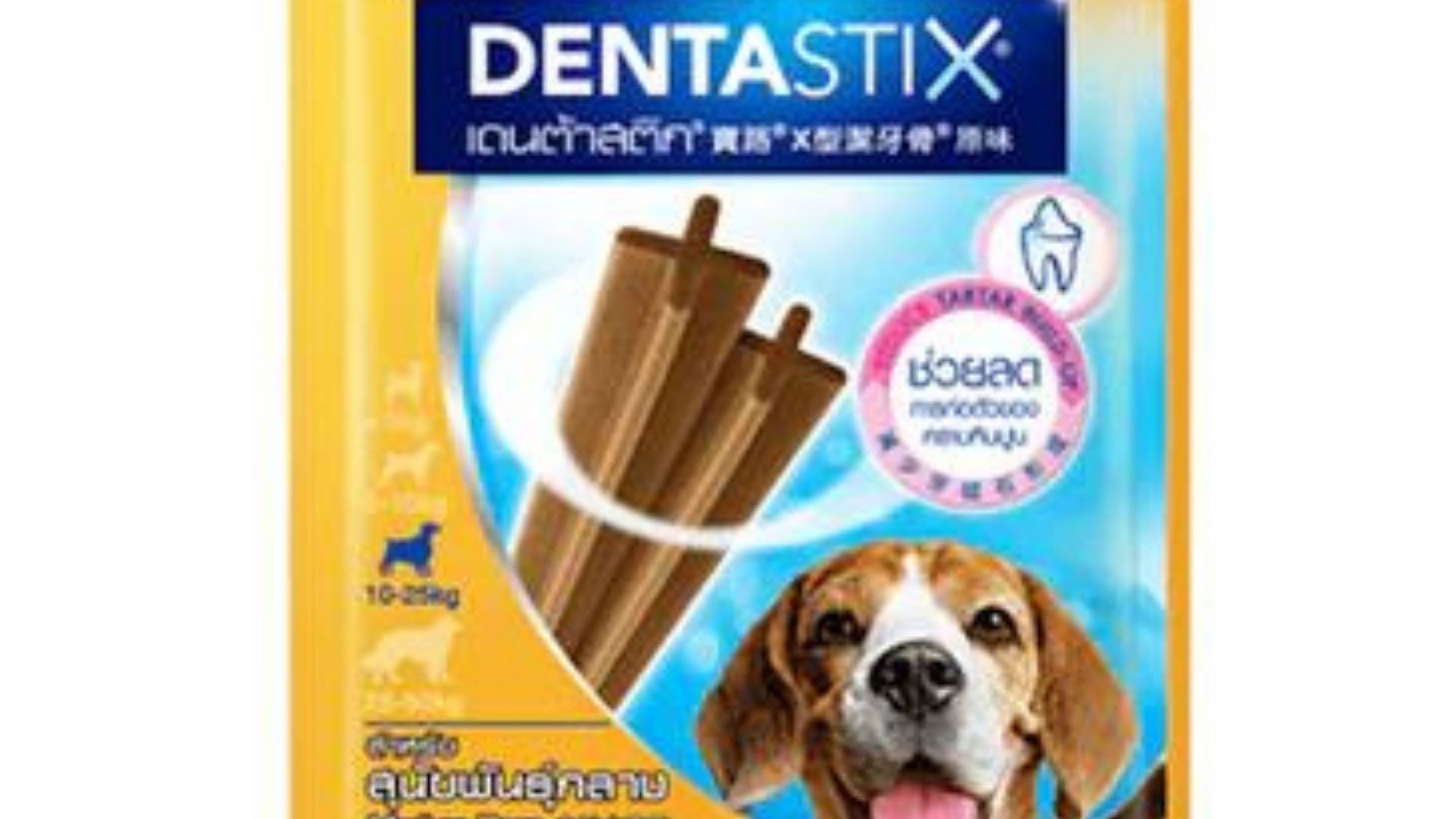The age-old phrase “give the dog a bone” may not be the right call after all – especially if cooked bones are added to the mix.
While chewing or gnawing bones has some benefits for your canine, it’s got some high risks as well. As a pet owner, you should be aware of the various risks associated with any bones you give to your pets.
Firstly, are bones even good for dogs?

Your pets need to have good dental hygiene to ensure a long and healthy life. Chewing bones can help in that aspect! For dogs, chewing is a natural habit – thus, unavoidable.
Not only can chewing bones help to minimize gum disease, but it can also break down tartar. A recent study done on Beagles found that chewing on bovine bones reduced their tooth calculus by 90% within 14 days.
However, chewing the wrong kind of bones can bring discomfort to your pets. It's known that sharper bones like fish bones are the wrong kind of bones for your dog.
But did you know that cooked bones are never safe to feed to your dogs either? They can cause serious internal injuries to your pets in addition to tooth fractures and mouth lesions.
Can a bone kill a dog?

Unfortunately, cooked bones splinter easily and are naturally more brittle than raw bones. This causes the bone fragments to break down with sharp edges that are harmful to the digestive system.
Eating or chewing cooked bones can result in the following symptoms:
- Tooth fractures
- Mouth lesions
- Blockage in the windpipe or gastrointestinal tract
- Constipation
- Rectal hemorrhage/bleeding
- Death
If the sharp edges of the bones pierces the intestine's walls, intestinal contents could leak into the abdomen which can cause internal bleeding. In such cases, a bloody stool would be an excellent indicator of internal bleeding in your pets. If left untreated, it can lead to death.
Hence, don’t give in to their pleading faces when they spot the last drumstick at the dinner table! It can save you an emergency trip to the vet.
Then, are rawhides okay for my pet doggie?

In recent years, rawhides have gained popularity as a chewing snack for dogs! Rawhides are usually made from the inner layer of horses or cow hides. The hides are cleaned, cut, or ground during the manufacturing process. Then it is formed into various shapes and sized chewable dog treats.
Although it is well-known for satisfying a dog's chewing needs, it can also cause serious health issues for your canine. Here are some pros and cons of rawhides:
Pros of rawhides:
- Encourages chewing in dogs, which can help reduce anxiety.
- Aids in dental hygiene by reducing plaque and tartar buildup, providing cleaner breath, and exercising the jaw muscle.
Cons of rawhides:
- Rawhides may contain traces of chemicals that can cause your pets to become infected with Salmonella or E. coli.
- The ingredients used to make rawhides can cause diarrhea in pets with sensitive digestive systems.
- As dogs chew on rawhides, the rawhide’s size will inevitably shrink. If the rawhide is swallowed, it could pose a choking hazard to your pets.
So, what kind of bones can your dog eat?

Raw bones should be the go-to if your canine is a bone lover.
Raw bones are soft and easier to digest for your pets. They contain ingredients that will aid in your pet's dental hygiene. They are also high in nutrients and minerals, which can benefit your dog's coat and skin.
Raw bones can be classified into two types: edible bones and recreational bones.
Edible bones are simply softer bones that are covered in connective tissues or cartilages. These are bones that your dog can eat completely. Wingtips, feet, neck, and back are all popular edible bones. Beef, pork, venison, and lamb ribs can be considered edible bones for larger dogs.
Recreational bones, on the other hand, are intended for chewing rather than eating. The primary purpose of these bones is to aid in the dental hygiene and mental stimulation of the pet. Because recreational bones are typically very hard, if the bone is given to your pets, they should be closely monitored.
Knuckles, hock bones and knee caps are examples of recreational bones. Allow your dogs to chew on recreational bones for no more than 10 to 15 minutes at a time - you can store the bone in the freezer afterwards! Too much chewing can cause an upset stomach.
With that said, raw pork and chicken bones should be avoided altogether because they are more likely to splinter while being chewed.
How about synthetic dental bones for dogs?

If you’re straying away from animal bones altogether, synthetic dental bones would be the next best thing for dogs to chew on.
The primary reason for your dog to chew is to keep his or her mouth clean. Brands like Greenies and Oravet produce high-quality dental bones that can provide your dog with the satisfaction of chewing while also maintaining good oral hygiene.
Store-bought bones are not recommended due to the manufacturing process and preservatives. However, if your dog prefers them, you should consult with your veterinarian to ensure that the ingredients are safe for your dog. This includes rawhides!
Guidelines for Safe Bone Eating
● Size matters - Smaller bones can be a choking hazard for your dogs, so make sure they're big enough. As a general rule, give your dog bones that are longer than the length of their muzzle; this will prevent them from swallowing the bone.
● Be present - When you give your dog a bone, actively monitor them to ensure that they are chewing it at a normal pace. Chewing a bone too quickly could be dangerous because they may attempt to swallow it when it is not small enough.
● Tooth Protection - If your dog has had any tooth restoration procedures, bones should be avoided as they can cause tooth breakage or other dental issues.
● Meal First - Bones should be given as a snack after a meal. This will allow the dog to chew slower as they are not hungry.
Top 5 Alternative Raw Bone Suppliers in Malaysia
While there are no dedicated raw bone suppliers in Malaysia, raw bones are typically available at your local supermarket or butcher.
For some alternatives to raw bones, you can consider the following:
1. Greenies

Synthetic dental bones, as mentioned earlier in this article, are a great alternative to raw bones.
Greenies are a favorite of ours! They are not only suitable for dogs of all ages (from puppies to seniors), but they are also widely available in most pet stores across the country. Check out this chart to see what size Greenies bone your pet needs.
If you are unable to locate a pack of Greenies at your local pet store, you can order them online here. Prices begin at RM 28 for 6-regular sized bones!
2. Holistic Dental Chews

The toothbrush shape of these chews effectively scrapes plaque and tartar from your dog's mouth. Furthermore, the ridges of the chews provide a better grip for cleaning teeth while satisfying the canine chewing instinct.
For only RM2.80 per bone, your dog has a choice of milk, peanut butter, cranberry and mint.
This is definitely worth a try if your dog is a picky eater!
3. Milky Bones
Made from 60% rawhide and other natural ingredients such as milk powder, calcium, and fibre. This bone is a great, crunchy alternative to regular rawhides that is free of preservatives and chemicals.
It's made with love in our neighbouring country of Thailand, and each bone is fluoride-coated. This gives your pet cleaner teeth and fresher breath.
Because of its all-natural ingredients, this bone is also easily digestible. While they are available in most pet stores, you can also order them online here.
4. Carrots
Full-sized can carrots make an excellent and healthy chew snack for your pets. Not only are they nutrient-dense, but they are also low in calories. For heavier dogs that are on a diet, carrots would be the best alternative compared to the other dental chews or bones.
5. Pedigree Dentastix

These X-shaped chews are a good all-around dental chew. Their abrasive surface and unique structure have been scientifically proven to reduce tartar buildup by up to 80%.
These chews are low in fat and sugar, and they do not contain any artificial colours or flavours. These chews, however, may not be suitable for dogs with allergies or intolerances due to their cereal composition.
Aside from that, these bones are affordable. Four sticks of Pedigree Dentastix are available for only RM15.80.
Conclusion

We hope this article was informative and that you are now more aware of the different types of bones that your dog can eat!
If your dog has consumed cooked bones, keep an eye on them for any unusual symptoms for at least 24 hours. If you notice them vomiting or having diarrhoea, please take them to the nearest veterinarian.

















